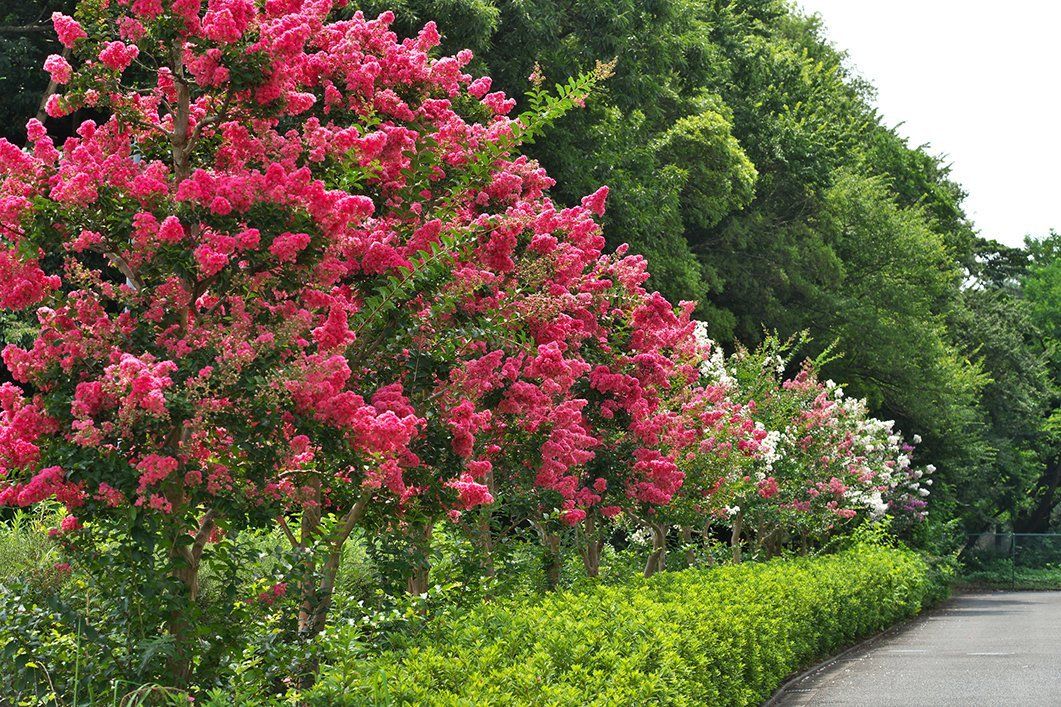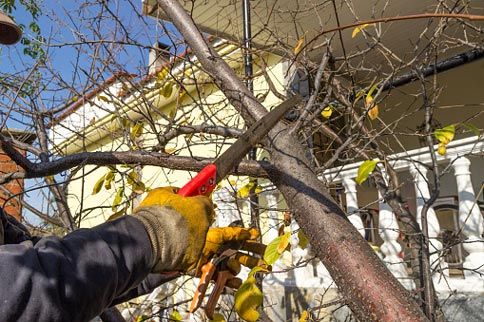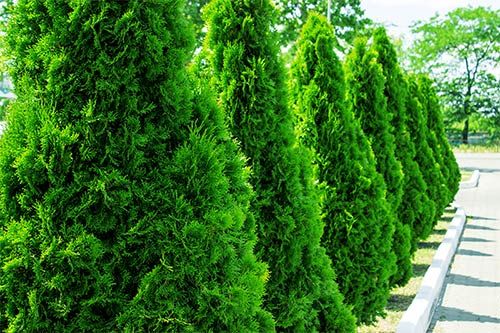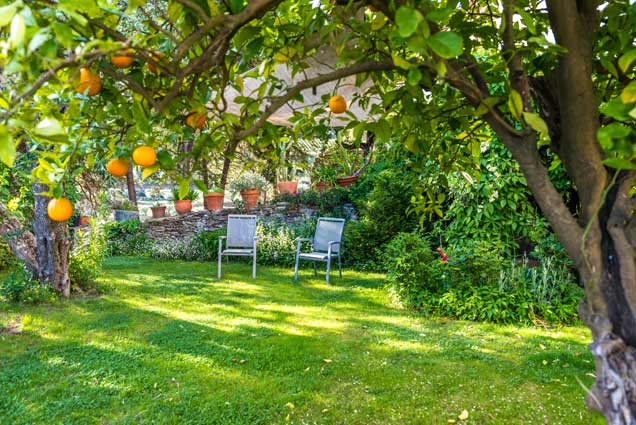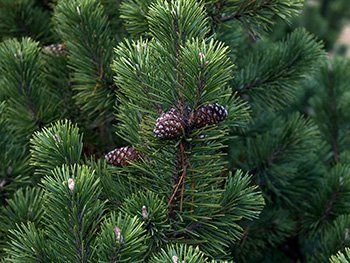Reasons for Tree Removal
elinster • September 2, 2016
Sometimes it’s hard to tell when a tree may be a danger to you, your family, your property or even to other trees in the area. There are several signs you should look for to determine when to remove a tree
- A Leaning Tree: A tree that is leaning too precariously could be in danger of falling. In many cases, it means that tree’s roots are not firmly tethered to the ground. This could be because of heavy saturation causing the earth to get loose around the tree or growth in a rocky area.
- A Damaged Tree: A tree could be damaged at any point from the tips of its leaves to its trunk to its roots. Damage could have been the result of natural stress or storm damage. It’s important to look out for dead leaves, branches or fungi on the trunk or at the root.
- A Diseased Tree: Like humans, trees are susceptible to disease. Some of these diseases can spread to other trees. It is important to look out for signs of disease including rotting.
- A Tree Too Close to Power Lines: Growth of a tree wrapping around a power line too much can cause significant damage to the tree and the power line.
In any of these circumstances are times you should consider tree removal. Regardless, inspection and possible removal of a tree should be done by a licensed professional. Call Big Ben’s Tree Service at 904-641-1131 to have your tree removed.

Late spring is the ideal time to plant palm trees in the North Florida landscape. May to June are also great months to remove and replace palm trees that are sick or severely winter-damaged. When you plan your new palm tree installations, be mindful of site preparation, the suitability of the palms you select, and the maintenance involved in various palm species. Here are four tips to help you have great success with your palm trees.
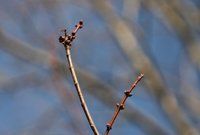
With the weather still chilly and wintry, you may not yet be thinking about spring landscaping maintenance. However, late winter is actually the best time to provide your trees with some care. Most trees are dormant through the winter and remain so until early spring. This is the best time to trim them, clean up any debris beneath them, and apply fertilizer to the soil surrounding them.

